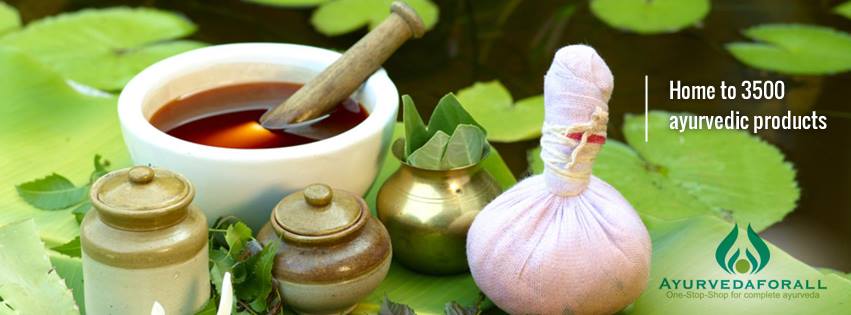
ayurvedic treatment for skin
Engaging in regular exercise and practicing yoga can bring numerous benefits to both the body and mind. Yoga encompasses various aspects, including yoga postures (asanas), breathing exercises (pranayama), and meditation. Let's explore some simple yoga postures, meditation techniques, and pranayama exercises that you can adopt to enhance your well-being.
One powerful pranayama technique is Anuloma Viloma, alternate nostril breathing. This practice involves inhaling through one nostril while closing the other and exhaling through the opposite nostril. By balancing the breath between the left and right nostrils, Anuloma Viloma promotes mental clarity and harmonizes the body's energy flow.